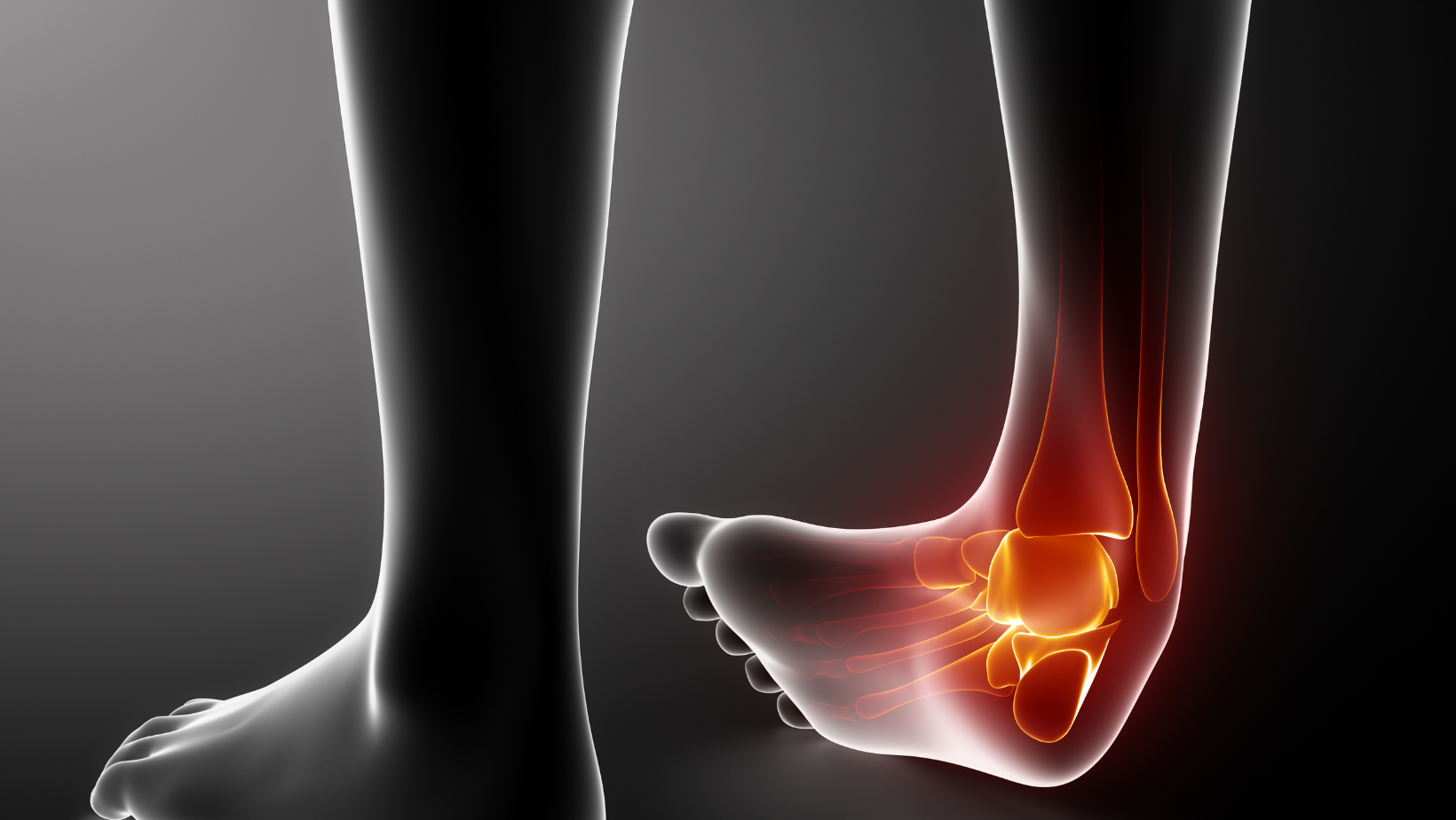Ankle Pain Symptoms
When experiencing ankle pain, various symptoms may present depending on the underlying cause, severity, and type of injury or condition

Localized sharp, dull, throbbing, or aching pain around the ankle
Swelling or fluid buildup in the ankle joint
Bruising or discoloration of the skin around the ankle
Stiffness and reduced range of motion
Tenderness when touching specific areas of the ankle
Warmth or redness over the affected area
Feeling of instability or the ankle "giving out"
Popping or snapping sensation at the time of injury
